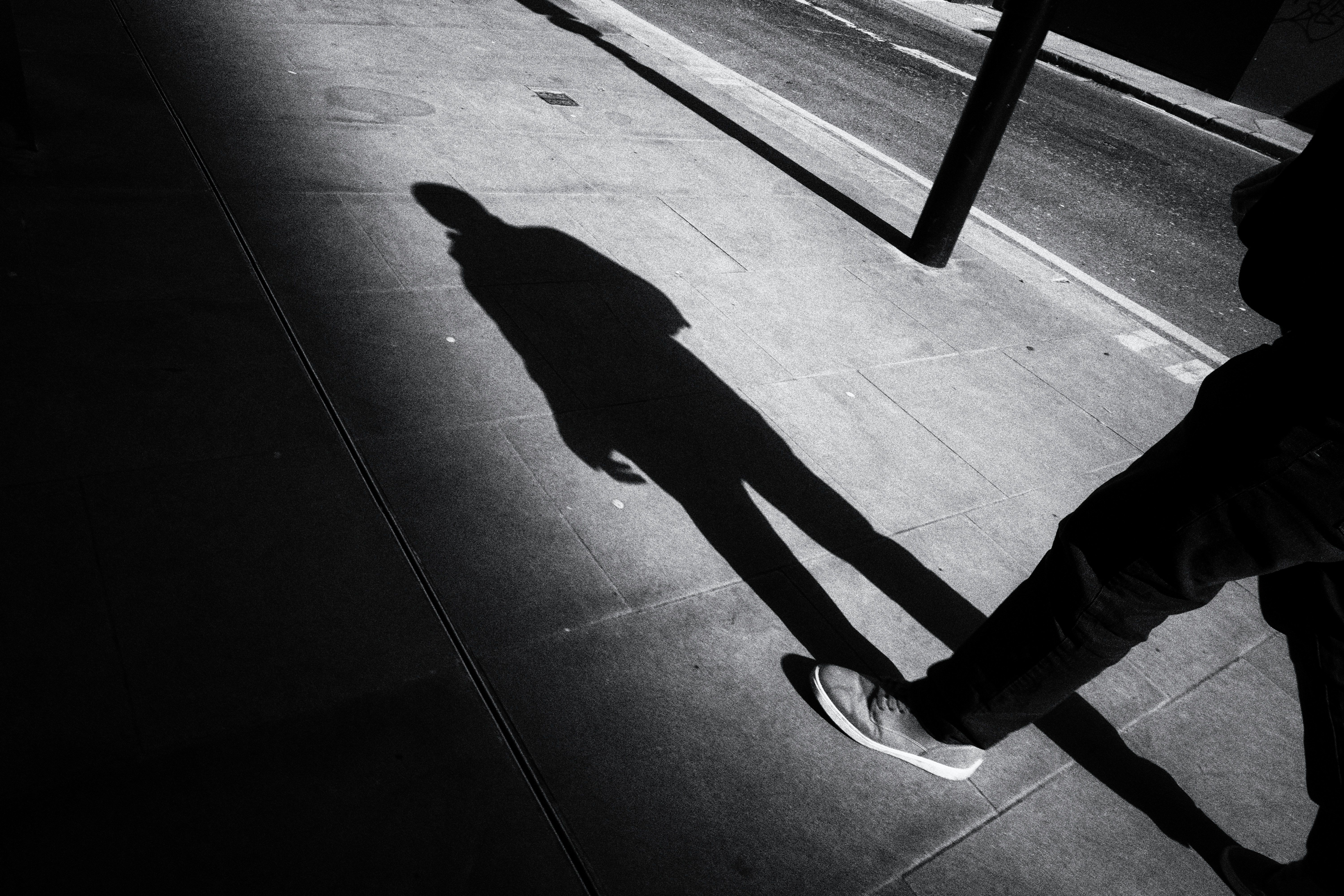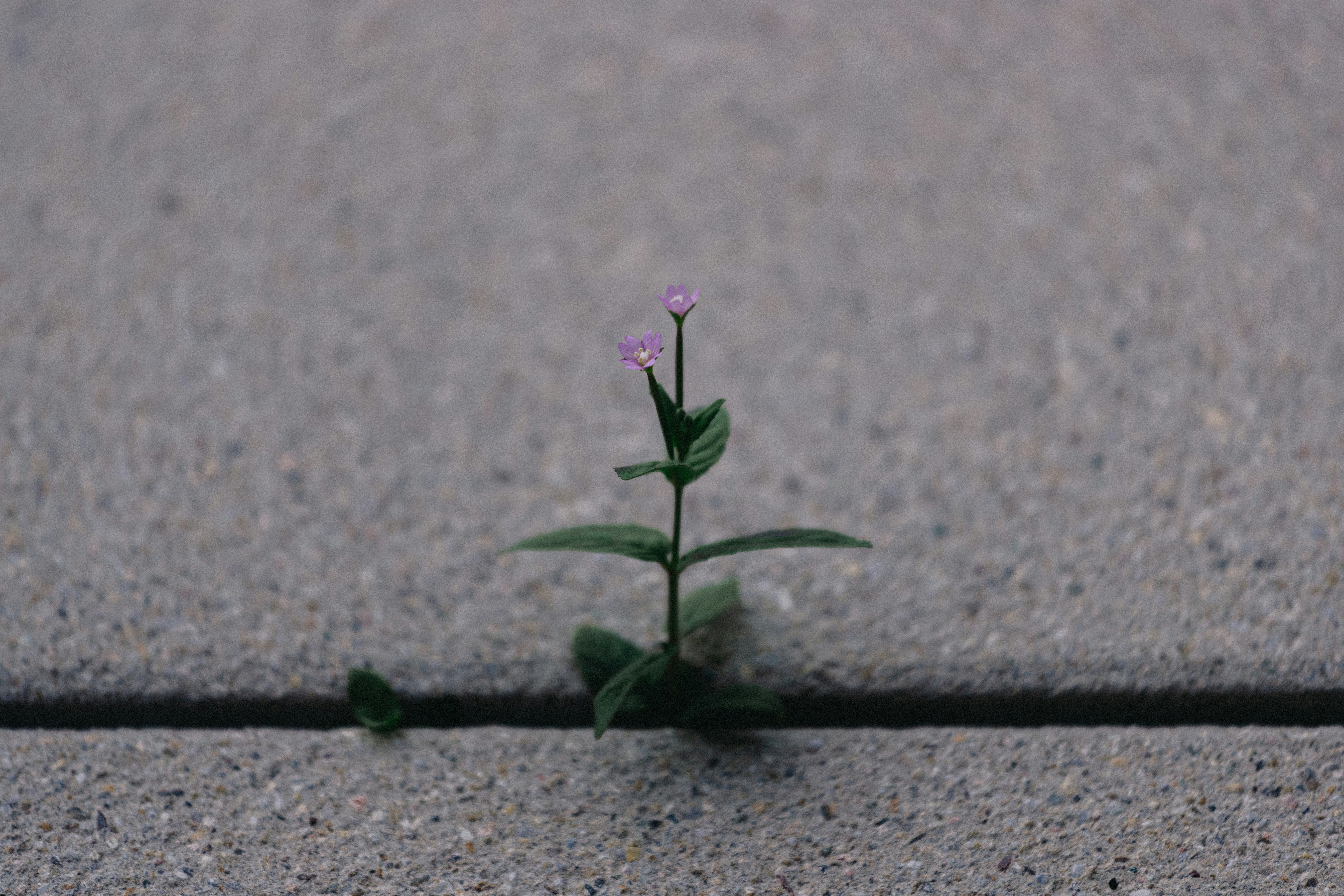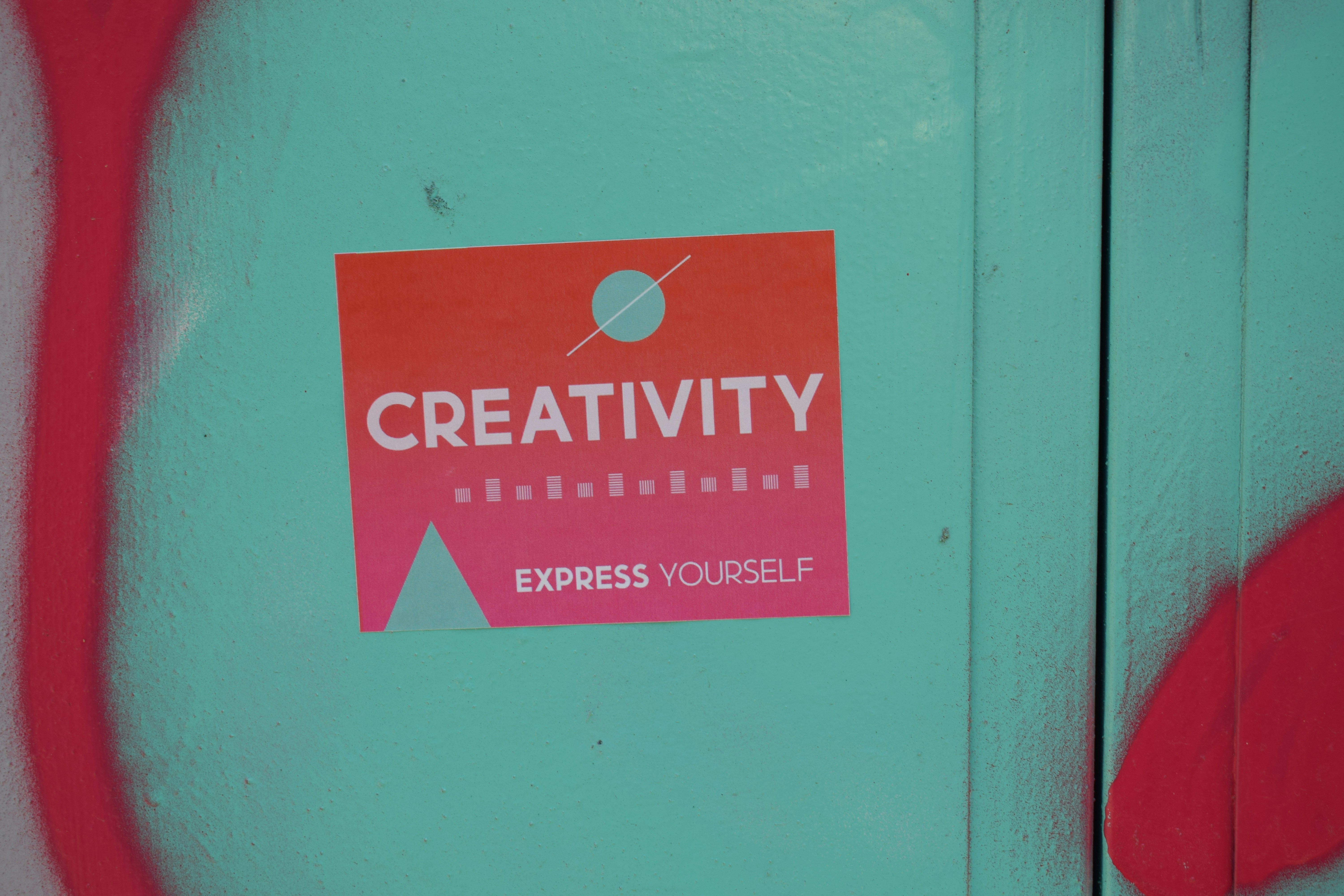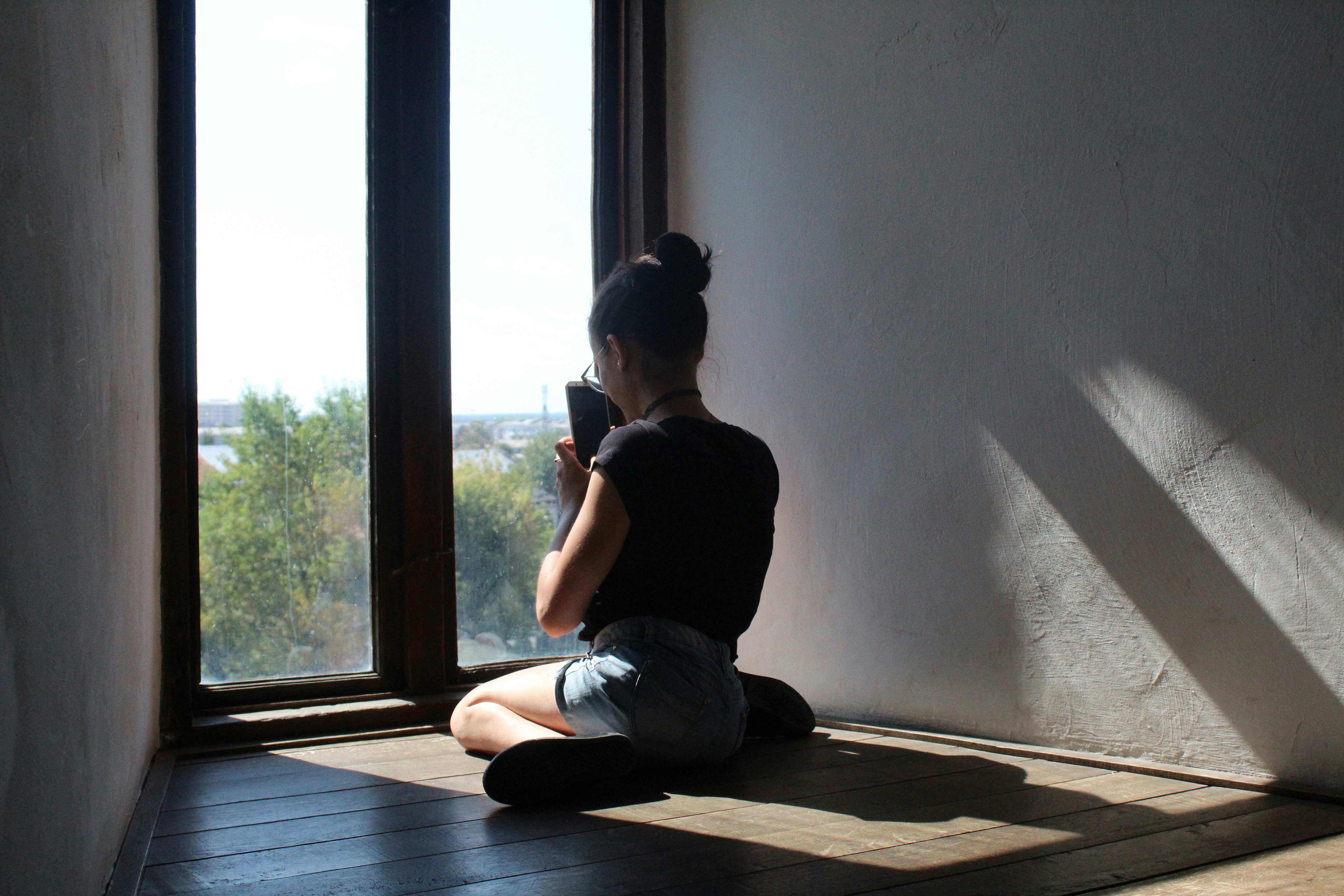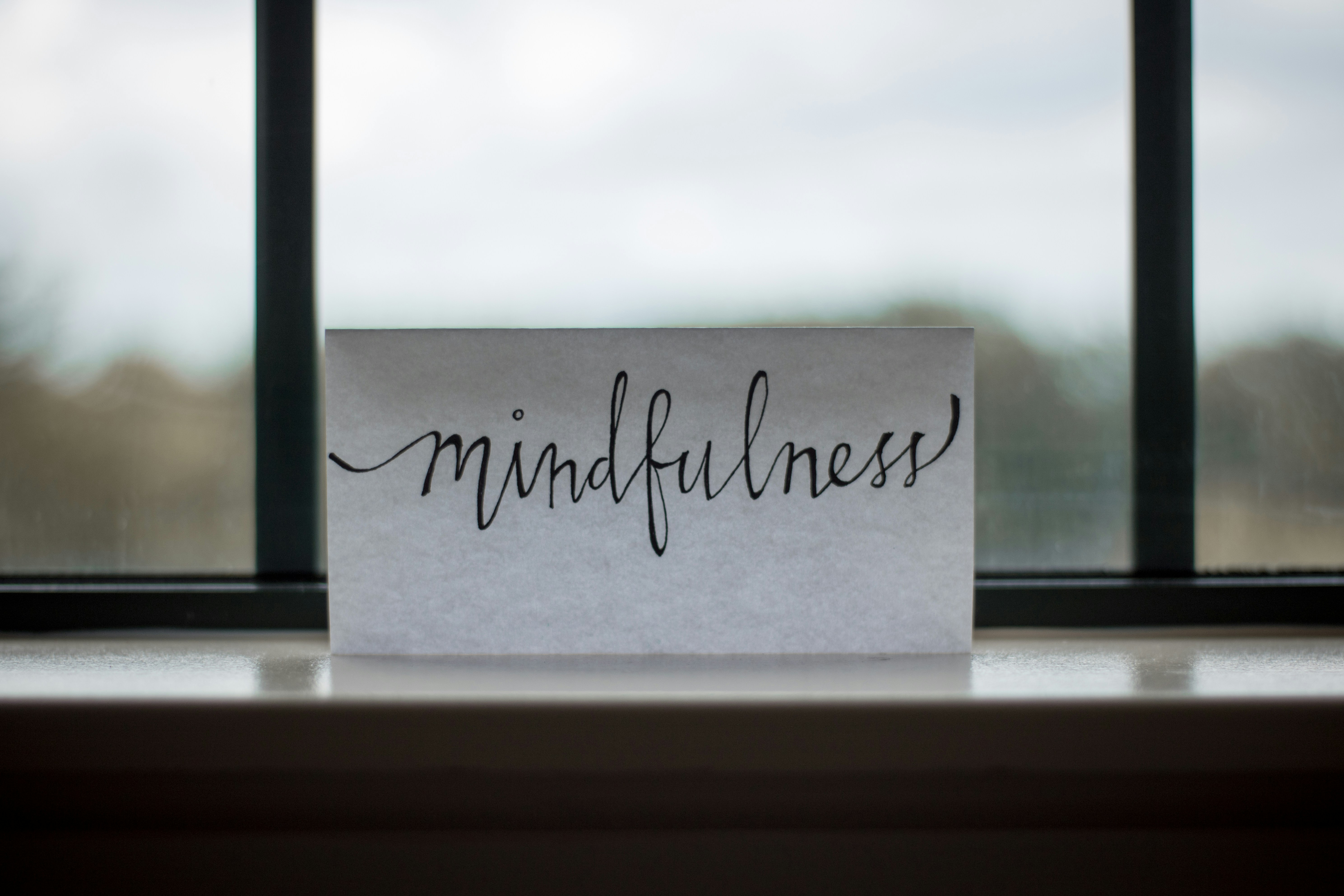Embrace the Dance of Shadows: Enhance Your Spiritual Practice
In the journey of yoga, meditation, and spiritual wellness, we often hear about the virtues of light, positivity, and enlightenment. However, the shadows—those hidden aspects of our psyche—can be just as critical to our growth. In fact, embracing your inner darkness can illuminate paths you never thought existed, enriching your spiritual practice and deepening your understanding of self. So, how can acknowledging these darker elements lead to a more profound spiritual experience? This article seeks to unveil this relationship and offer practical insights on integrating light and darkness harmoniously into your yoga and meditation practices.
The Shadow Self: Understanding the Concept
Before we delve into the ways that embodying the shadow can enhance your spiritual journeys, it’s essential to understand what we mean by the “shadow self.” The term, popularized by renowned psychologist Carl Jung, refers to the unconscious mind's hidden aspects—our fears, repressed emotions, and traits we'd rather not acknowledge. Often, we suppress these aspects to maintain a façade of positivity; unfortunately, this only serves to create internal conflict and hinders our spiritual growth.
In many spiritual practices, including yoga and meditation, we are encouraged to cultivate awareness, create space for acceptance, and foster compassion—both for ourselves and others. But how can we truly achieve this if we're unwilling to confront those parts of ourselves that we deem unworthy?
Why Embrace Your Inner Darkness?
Embracing your inner darkness doesn't mean succumbing to negativity or despair. Instead, it means recognizing and understanding these shadow aspects as part of a holistic self-awareness model. Here are several compelling reasons:
1. Building Authenticity
When you acknowledge your shadow, you cultivate authenticity in your relationships and spiritual pursuits. Realizing your entire human experience—a mix of light and dark—allows you to connect with others on a deeper level. Instead of presenting a perfect facade, you become relatable, creating bonds founded on shared experiences and emotions.
2. Fostering Resilience
Life can be challenging, riddled with uncertainties and emotional upheavals. Acknowledging and accepting your shadow can offer you resilience as you face these difficulties head-on. Developing a strong foundation built on self-acceptance enhances your capacity to navigate life’s stresses gracefully.
3. Unlocking Creative Potential
Creativity often flourishes in darkness. Many artists, writers, and musicians tap into their emotional depths to create authentic work that resonates with others. Your shadow self can act as a source of inspiration, driving you to explore unique avenues in your yoga and meditation practice.
4. Catalyzing Transformation
Personal transformation often emerges from facing uncomfortable truths. Engaging with your shadow can reveal profound insights, prompting shifts in your belief systems and unveiling new paths for growth. As you work with both light and darkness, your spiritual journey becomes multilayered and rich with meaning.
Techniques to Integrate Your Shadow in Yoga and Meditation
Having highlighted the value of confronting your shadow, let’s explore some practical techniques for integrating this into your spiritual practice.
1. Dedicated Shadow Work Sessions
Consider scheduling regular sessions focused explicitly on shadow work. During these sessions, whether through journaling, meditation, or creative expression, allow yourself to confront your fears and insecurities. Observing thoughts without judgment can lead to greater self-understanding.
- Start by asking yourself questions like, "What do I fear the most?" or "What aspects of myself do I hide?" Engage with these inquiries deeply, and consider keeping a journal of your reflections.
2. Mindfulness in Movement
Incorporate mindful movement practices like yoga to explore shadows physically. Focus on poses that evoke vulnerability, such as child’s pose or heart-opening backbends, which encourage surrender. As you breathe into these positions, visualize your breath filling every shadowy corner.
For example, the article on navigating personal darkness through spiritual practices can provide deeper insights on mindful poses that illuminate the shadows.
3. Sound Healing
Consider using sound in your meditation to delve deeper into shadow integration. Sounds, whether through chanting, drumming, or simply listening to specific frequencies, can evoke emotional responses that assist you in confronting repressed thoughts.
Research shows ambient sounds and tonal vibrations can greatly influence emotional well-being, underscoring the value of harnessing sound frequencies in your practice.
4. Rituals of Release
Create symbolic rituals to release what no longer serves you. You could write down something that represents your fears or insecurities and then ceremoniously burn it or bury it. Such practices can be transformational, allowing you to acknowledge the presence of your shadow while letting it go.
5. Art and Expression
Embrace your inner artist! Engaging in creative expression can often highlight shadow aspects. Whether painting, sculpting, or drawing, let go of expectations and allow your emotions to flow. Creating from a place of vulnerability can lead to significative insights about your shadow.
The Intertwining of Light and Darkness
Understanding that light and darkness co-exist within us is a pivotal step in spirituality. Many ancient Eastern and Western philosophies mirror this duality, often emphasizing that true enlightenment emerges when we accept both sides.
For instance, blending your newfound awareness of shadows with practices that harness light can enhance duality's understanding. Yoga and meditation can provide a container for this exploration—creating space for paradox.
1. Seeking Balance
Balance isn’t simply the absence of conflict; it’s understanding how light and darkness can complement each other. Take time after shadow work to sit in silence, connecting with your innate light. Inquiry sessions can be beneficial, allowing you to ask, “How can my darkness elevate my light?”
2. Soulful Connections
Forge relationships with like-minded individuals who understand and celebrate duality. Sharing your experiences in vulnerable spaces can pave the way for collective healing. The richness of human connection can foster deeper spiritual growth and self-acceptance.
3. Mindful Breathing Techniques
Breath practices play a foundational role in integrating your shadow self. Techniques like Pranayama can enable you to tap into suppressed emotions during meditation. Your breath acts as a bridge between light and dark, allowing you to experience a fuller spectrum of your being.
Essential Practices for Deeper Engagement
To solidify your journey with your shadow, regularly integrate these holistic practices into your routine. Explore trends in spiritual wellness that emphasize deep self-discovery and connection with your intrinsic duality.
1. Dream Work
Dreams often reveal aspects of ourselves we don’t confront while awake. Keeping a dream journal can help you identify recurring themes or characters that symbolize your shadow. Analyzing these dreams can be a profound spiritual exercise.
2. Nature Immersion
Spending time in nature can provide a significant context for reflection on your shadow. Allow nature to guide your insights, using seasonal changes as metaphors for personal transformation. The article on forest bathing offers valuable insights on combining nature with wellness rituals.
Final Thoughts
Embracing your inner darkness is a dance—one that requires patience, grace, and courage. Allowing yourself to feel, confront, and integrate these hidden aspects can lead to a richer, more authentic spiritual journey through yoga and meditation. Rather than shunning your shadow, invite it into your practice. In doing so, you invite the fullness of your humanity—DAO yoga calls it living in harmony with the natural ebb and flow of life.
As you navigate the complexities of your emotions and thoughts, cherish the interplay between light and darkness. These elements are essential to your spiritual evolution, allowing your practice to become a profound exploration of the inner landscape.
So, step boldly into the dance of shadows, and let the transformative journey guide you toward genuine inner peace and profound spiritual awareness.
